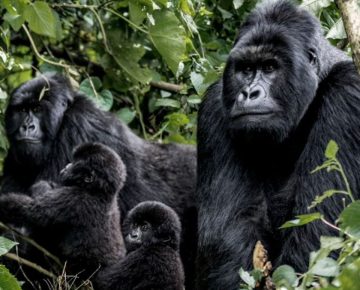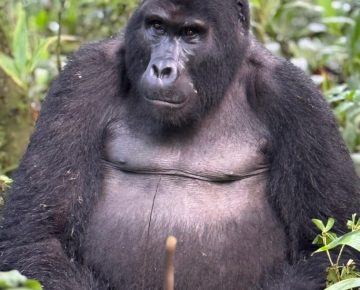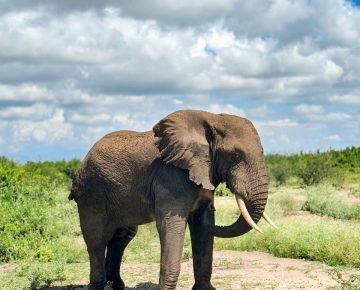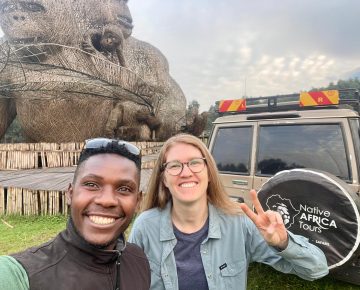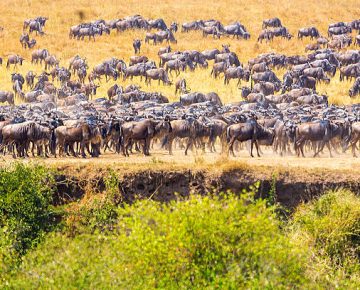Kigali City
Kigali is Rwanda’s capital, with one of the best infrastructures and well-organized safari activities. It is located on Nyarugenge Hill, which has one of the best views of the neighboring areas within the country. The city is one of the cleanest on the African continent. Kigali city was founded in 1907 by the German administrator and explorer Richard Kandt during the colonial period. Kigali became Rwanda’s capital after Rwanda gained its independence in 1962. The city has become Rwanda’s administrative center, with almost all the national offices, commercial banks, and many others.
The city’s natives usually use French, Rwandese, Swahili, and sometimes English. The town harbors three tribes, the Tusi, Hutu, and Twa, which have become a linguistic city. The city is one of the cleanest in Africa, and plastic bags are not accepted. While visiting the town, you won’t see any litter.
The city has one of the worst histories due to the 1994 Rwanda genocide, where over 25,000 people were killed. The trigger of this genocide was the death of the then-president of Rwanda, Juvenal Habyarimana, who was assassinated. The assassination led to the start of the genocide, which created hatred between the Hutu and the Tutsi. Since then, Rwanda has undergone significant transformation and is now one of the safest countries in the world. Rwanda is at the forefront of pioneering and advocating for global peace. This has seen the country’s tremendous tourism growth and development.

What to see in Kigali City (Attractions)
Kigali Genocide Memorial Center
The Kigali Genocide Memorial Center has a rich history of the 1994 genocide of the Hutu and Tutsi. During this genocide, over 25,000 people were killed, and some of the remains are in this center. The cause of this genocide was the assassination of the ruling president in 1994. Survivors of the genocide buried the people who had lost their lives in this center. The travelers on their Rwanda safaris, doing a city tour, will visit the site to learn more about the history and the leading cause of the war, which is so touching. Other genocide sites in Rwanda are found in the areas of the Gisozi memorial site, Gisenyi, Bisesero, Nyanza, and many others.
Presidential Palace Museum
This museum was founded in the former state house of Rwanda’s president in 1994. His assassination led to the Rwandan genocide. President Juvenal Habyarimana was the second serving president from 1973 to 1994. He was a dictator who had ruled Rwanda for a long time. He was flying out of the country with Burundi’s president, Cyprien Ntaryamira, who served only two months. The plane crash was due to a missile that was shot from Kigali, which led to their death. Hutu people believed that the other communities were behind the killing of their president. This led to the rise of the genocide. The plane’s remains were taken to this place, along with other properties the president used at that time.
Belgian Memorial Site
During the genocide, the Belgian government, under the United Nations, sent troops to Rwanda to stop the genocide from continuing. Ten of the army of soldiers were sent to guard the prime minister, Agathe Uwilingiyimana, who was against the genocide at the former military base of Rwanda. When the Hutu army attacked the base, they started shooting at each other with the Belgian army, and they were all killed, including the prime minister. Then, the United Nations had to withdraw all the Belgian troops from the area, and the genocide continued to rise. On 2000 7th April, the government of Belgium commemorated at this site for their army that had lost lives during the genocide.
Sainte Famille Church
The church is located on a hill in the area of Rugenge, and it was constructed in 1913 during the colonial era as part of the German colonial empire. During the genocide, most people’s lives were lost. Since the father, Wenceslas Munyeshyaka, was armed and had collaborated with the Hutu army, and helped them to take people out of the church to be killed. After this scenario, most Christians in this area converted to Christianity.
Hotel Mille des Collins
This is one of the largest hotels in Rwanda. It became famous in 1994 during the genocide, when it had to host over 1,400 refugees of the Tutsi community. The Belgian airline built this hotel in 1973. During the genocide, Mr. Paul Rusesabagina, the manager of the hotel, helped hide the refugees. Mr. Paul is featured in the 2004 documentary Hotel Rwanda2004 Documentary Hotel Rwanda. Mr. Paul is featured in this movie.
Kandt House Museum
This was known as the Natural History Museum and was later named the Kandt House Museum. The museum was named after a German colonialist called Richard Kandt. During his time, he changed the name of the area from Nyarugenge to Kigali with the help of King Cyirima I Rugwe, as it was difficult for the colonialists to pronounce. This house was their first home in Rwanda. Now, it has become one of the sites to visit during the Rwanda safari.
Where to stay on a Kigali City Tour?
During your visit to Rwanda, you will see that the country has various accommodation facilities that offer local and international cuisines for travelers on their Rwanda safaris. The accommodation facilities in Kigali range from luxury to midrange and budget facilities. The luxury facilities in Kigali include: the Kigali Marriott Hotel, Radisson Blu Hotel, Hotel des Milles Collines, and many others. The mid-range accommodation facilities include Kigali Ville Maison, Ishema Kigali Home, Five to Five Hotels, and many others. The budget accommodation facilities include: Kigali View Stay, Kigali Ville Maison, and many others.
What is the best time for a Kigali City Tour?
Kigali is always open to visitors and tourists throughout the year. The city can be visited at any time of the year, whether it be the dry or wet seasons, or the months, since it has good infrastructure that is easily accessible. Most safari destinations in Kigali are open on weekends and public holidays. Could you talk to us about your travel plan for more advice?
How would you like to access Kigali City?
The city of Kigali can be accessed by either road or air transport. The road can pass through any border point of the country, as the country boasts one of the best infrastructures, including well-constructed roads, which have significantly improved the city’s accessibility. On the other hand, the city can be accessed by air by boarding chartered flights to the town at Kigali International Airport, and upon arrival, you can be transferred by road to the city.

